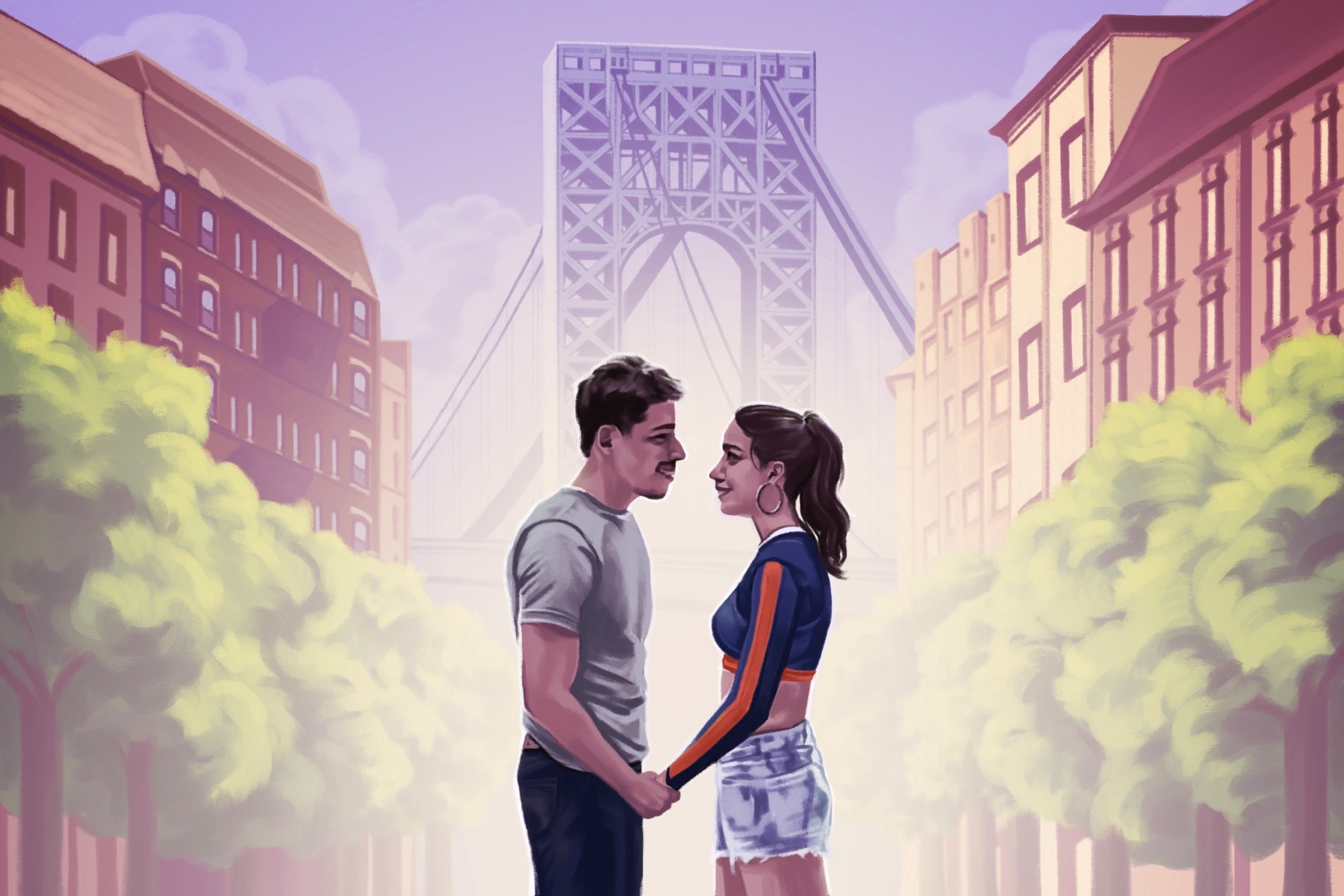“In the Heights” premiered June 11 on both HBO Max and in theaters across the country after a year-long delay due to the COVID-19 pandemic. The movie adaptation of Lin-Manuel Miranda’s beloved Broadway musical had attracted massive hype since it was announced by Universal Studios in 2008. For some, the film is a new and exciting summer blockbuster, while for others it is a long-awaited rendition of Miranda’s lesser-known Broadway classic. The path to the film’s 2021 release began as early as 1999, when Miranda was a sophomore at Wesleyan University with a strong desire to represent his home of Washington Heights via musical.
After a fabulous reception on the college stage, success on Broadway and later a Tony award for best musical, Universal decided to get the ball rolling on “In the Heights,” the movie. When information first started to become available about the film, many were surprised at Universal’s choice of John M. Chu as the director. After gaining some recognition for “Justin Bieber: Never Say Never” and later “Now You See Me 2,” Chu’s 2018 release, “Crazy Rich Asians,” gave him a massive boost in respect around Hollywood.
To Chu’s credit, most critics agree that “In The Heights” is closer to “Crazy Rich Asians” and its 91% rating on Rotten Tomatoes, than the 30-60% ratings of Chu’s previous forays into cinema. Great reviews in combination with a positive reception from fans give credence to the somewhat surprising choice to put Chu at the helm of such a massive project.
While Miranda made a cameo as “Piragua Guy” and worked closely with Chu behind the scenes of “In the Heights,” it’s important to note that there are major differences between the movie and the musical. First, only three words from the original “In The Heights” script survived the 22-year journey to Chu’s film, and second, the story arc itself has changed drastically. Benny and Nina, two main characters in the musical, play smaller roles in the film, and Nina’s brother Lincoln is absent altogether. In addition, the plot revolves around a blackout and a mysterious winning lottery ticket, reconfiguring the flow of the musical to fit the big screen.
The changes don’t stop there however, as in the movie, Usnavi narrates the plot from the future on the beach. The original Broadway rendition, in the words of ScreenRant, “begins without preamble.” The play opens on Usnavi as he opens his bodega and the first song starts; “In the show, Usnavi frequently breaks the fourth wall to address the audience directly, but he seems to be living in the current moment, not dropping in from the future to weigh in on his past experiences.”
Fans who expected “In The Heights” to be a mirror image of the musical will be sorely disappointed, but the changes to the scripts and plot are what allowed the film to transition from an exciting Broadway show to a Hollywood summer blockbuster.
Despite the Hollywood aura that surrounds “In The Heights,” critics were infatuated with the powerful beauty the film used to depict Washington Heights and its residents. Leah Greenblatt of Entertainment Weekly noted, “For all its rich tapestry and radiant ingenues, it’s that casual centering of so many marginalized voices that makes the movie feel, in its own way, revolutionary: a Technicolor marvel as heady as Old Hollywood, and as modern as this moment.” This same sentiment is mirrored by Carlos Aguilar of The Atlantic, who wrote, “Miranda and Hudes have captured a beautifully fragmented community that clings to what its members have in common while cognizant that they are not a monolith.”
What connects these two reviews is a love for the overarching community that “In The Heights” represents, but in this representation lie a few poignant critiques of the film as well. The primary critique of the film, which has come directly from residents of Washington Heights, is that its characters don’t accurately represent the neighborhood’s diversity. Specifically, members of the community noted the lack of darker-skinned Afro-Latinx main characters in the film, who they assert make up the majority of Washington Heights.
Hollywood movies have been white-washing Latinx characters for a long time, but this instance received specific backlash because of the movie’s claim to be an homage to the beauty and diversity of the neighborhood. Miranda gave a direct apology to those who felt their voices were silenced by the film, stating, “I hear that without sufficient dark-skinned Afro-Latino representation, the work feels extractive of the community we wanted so much to represent with pride and joy. In trying to paint a mosaic of this community, we fell short. I’m truly sorry. I’m learning from the feedback, I thank you for raising it, and I’m listening.”
-LMM pic.twitter.com/CHfdLgFUz3
— Lin-Manuel Miranda (@Lin_Manuel) June 14, 2021
Miranda’s apology seems genuine, but it doesn’t change the fact that “In The Heights” failed to depict Washington Heights in a way that residents felt was accurate. Unfortunately, this isn’t the only critique of the film’s depiction of the neighborhood.
As Ed Morales explained in his CNN article, “In the Heights’ is glorious eye and ear candy — with something missing … It is still disappointing that for a politically and culturally fragmented community still struggling with the devastation of Covid on their communities, widespread housing segregation, and disproportionate exposure to unjust police violence ‘In the Heights’ offers a prescription of singing and dancing, with a social argument coded in quiet dignity and little details that will have to do.”
Interestingly, the underwhelming first box office weekend for “In The Heights” may have been caused by this same inability for people to look past the happy-go-lucky attitude of the film. Variety reports “In The Heights” “was expected to generate more than $20 million in its debut weekend. But now, with the film bringing in only $4.9 million on Friday from 3,456 theaters, its 3-day estimate has fallen to just under $13 million.” Though nothing is inherently wrong with a happy movie that celebrates the positive aspects of a community, the joy and excitement that “In The Heights” revolves around may have come a little too soon, as the COVID-19 pandemic still devastates working-class communities like Washington Heights around the country.
















